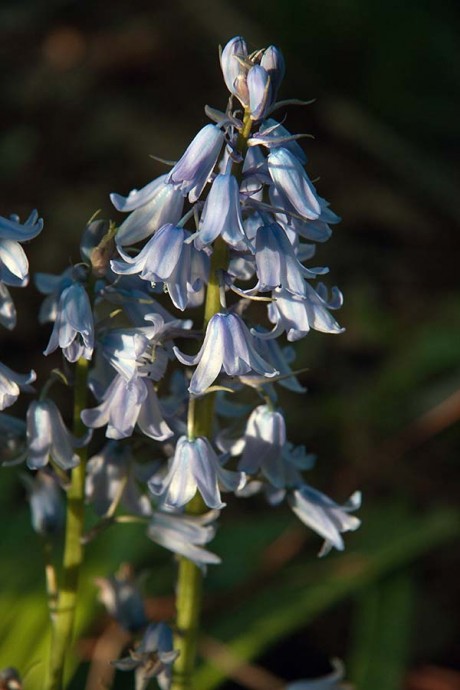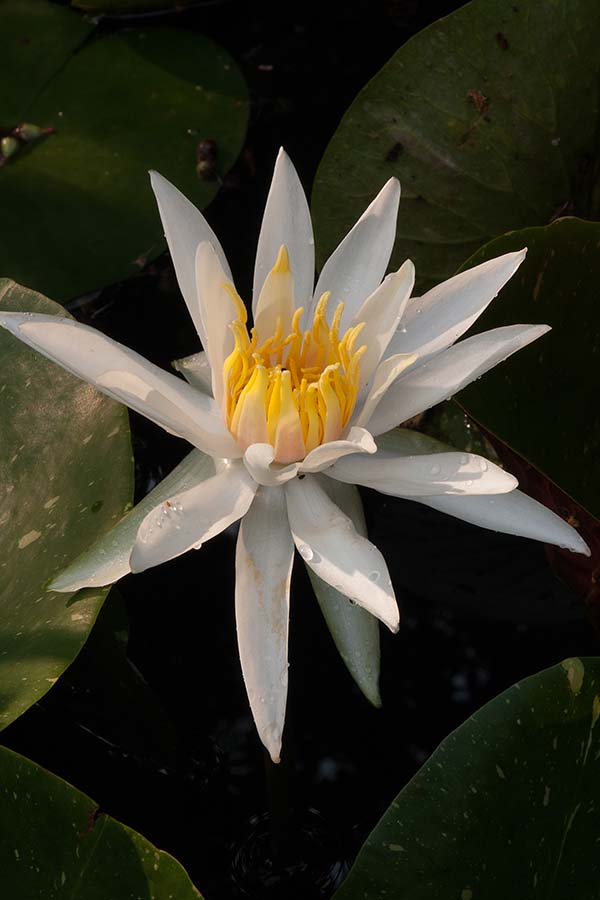The ‘Other Bulbs’
Expand your horizons with these uncommon beauties
By L.A. JacksonIt is fall bulb planting season, but daffodil, tulip and crocus lovers, listen up.
There are other, lesser-known bulbs with equal springtime snap, crackle and pop to consider adding to the garden, such as...
Anemone. Whether you fall for an Anemone blanda cultivar such as Charmer — a deep rose-pink, daisy look-alike — or any of the white, dark pink, red or violet-blue hues of the popular Anemone coronaria De Caen mix, once these beauties flaunt their sassy blooms in the spring garden, it’s a good bet they will become permanent pretties in your flower border.
Fritillaria. There is nothing frivolous about fritillaries. They are elegant plants that show off dangling, bell-shaped blooms in a wide range of colors, from the simmering oranges of Aurora and Rubra Maxima to the butter yellow Fritillaria pallidiflora and pale white Alba. Prefer purple? Try the nodding, plum-colored blooms of the tall, stately Fritillaria persica.
Leucojum. Although commonly called “summer snowflakes” in the South, these white, bell-shaped pretties stage their flower shows in the spring on top of 12- to 24-inch stems. Leucojums are best used massed in border beds, or, since they easily naturalize, can be allowed to wander off into open areas or under trees. The tall, stocky Gravetye Giant has been a popular cultivar for many years.
Spanish Squill. Botanically, it’s Hyacinthoides hispanica. It is exceptionally pretty — showing off clusters of small, pendulant blue, pink or white bells that drip off 12-inch stems. This beauty performs well in full sun or partial shade. Spanish Squill can also naturalize and spread. The violet-blue blooms of Excelsior make it a choice cultivar for many.
These “other” bulbs shouldn’t be hard to find now at local nurseries, but, just in case, two good online sources from this region are Terra Ceia Farms in Pantego and the Gloucester, Virginia-based Brent and Becky’s Bulbs.
Garden To Do’s
October
- It’s prime planting time for pansies. Mixing a time-release fertilizer in each planting hole encourages better bloom production through the coldest part of the year, as will deadheading spent blossoms.
- Also adding a shot of time-released fertilizer to bulb beds at planting time is a good way to provide nutrients for these sleeping beauties through the winter and into the spring flowering season next year.
- Press and preserve some of the prettiest, brightest autumn leaves that drop in your yard. Sandwiching each leaf between pieces of newspaper before laying them in a large book will improve the preservation process. Allow leaves to dry for at least two weeks and then pluck them from the book as needed for indoor fall or winter arrangements.
November
- Kentucky bluegrass and fescue lawns will benefit from being fertilized at a rate of one pound of nitrogen per 1,000 square feet of lawn now.
- Drain the garden hose to prevent hard freeze damage, and store it for the winter.
- Winters can be tough on local birds, so keep the feeder well supplied with seed and suet. Be sure to change the bird bath water at least once a week.
-
Share this story:




